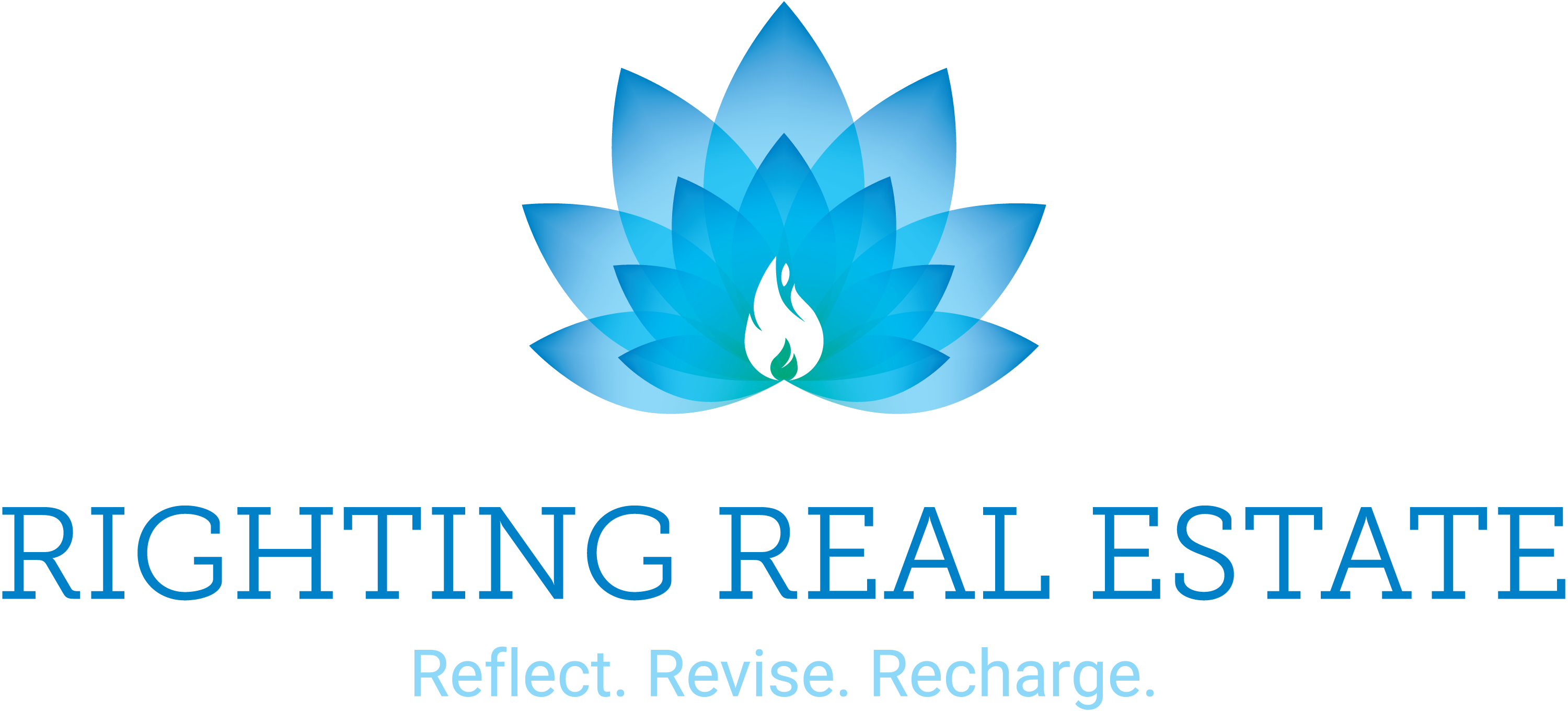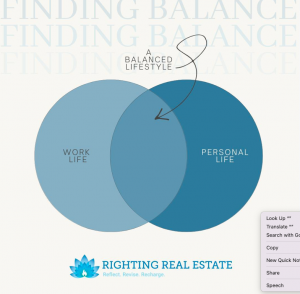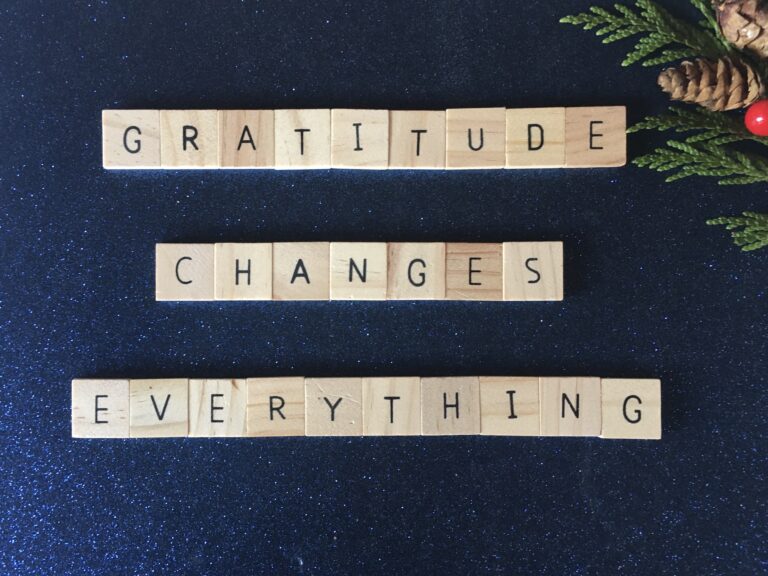We live amongst our blind spots. I’m not just referring to the blind spot we should be aware of when changing lanes while driving a motor vehicle. Blind spots are the things about ourselves that we don’t know or have forgotten about that are often in the way and blocking us from our fullest potential. There are blind spots within yourself that trickle into your relationships, business, leadership, and success. With proper reflection and the commitment to adjusting your behavior, you can bring these blind spots to clarity.
Take a few minutes to consider some of the ways to help you identify your blind spot(s):
Take a Time-Out
Grab a journal, sit in stillness, and quiet, or get in that space where you can really hear yourself. Think of times that were challenging for you. What comes up for you? What do you think YOU could have done differently to make that outcome one of greater success? What was missing? Discovering those gaps where you could have made a different decision or had a different reaction often brings up a potential deficit creating blind spots. If you’re willing to do the work, then what comes up for you in this simple exercise can become a focus for you to learn more, hone a new skill, or create a unique response when that comes up again.
Ask for Feedback
From your loved ones, your business partners, and your team. Just be open to the criticism and pray that they can deliver it in a way that doesn’t hurt you too much. Work with a therapist, a coach, and a mentor. Their response may lead you to a new ground of self-discovery where you can commit to bettering yourself.
Self-Analyze
Spend some time reading and learning more about yourself. I recommend Tony Robbin’s tried and trusted DISC (Dominance, Influence, Steadiness and Conscientiousness) profile. This profile was designed for individuals who want to identify and maximize their strengths and motivators. The assessment helps to provide a common language that people can use to understand themselves and others. None of the DISC personality traits are inherently positive or negative. The test and results are non-judgmental and seek to help people learn to respond to conflict, resolve problems and discover what lies behind their everyday habits or working styles.
For further exploration, read these two books by Tom Rath, StrengthsFinder 2.0 or Strengths Based Leadership. StrengthsFinder 2.0 unveils the new and improved version of its popular assessment, the language of 34 themes, and much more. This book contains hundreds of strategies for applying your strengths and will change how you look at yourself and the world around you. Strengths Based Leadership, co-written with Barry Conchie, identifies three keys to being a more effective leader. By using firsthand accounts from highly successful leaders (including the founder of Teach For America and the president of The Ritz-Carlton), the authors reveal how each person’s unique strengths help to drive their success. Filled with innovative research and actionable ideas, this book will give you a new road map for leading people toward a better future.
Both allow insights into your strengths and weaknesses.
Anything that can provide you with an objective approach to yourself and your behaviors can’t be harmful when you are on a path of self-discovery. Spend time with the results. Understand them. Pick one or two areas to learn more about and how you operate within the world. The clarity will be a side effect of this work.
As I constantly search to better myself, I rely on checking my blind spots. Especially when I am feeling stuck, disengaged, and not proud. On this road to my fullest potential, blind spots come and go. It can be effortless to pass them up. But if you admit they are there and look them in the eye, you can make the lane change easily and keep moving forward.
Reflect, revise, and recharge y’all.
Courtney Kattengell





